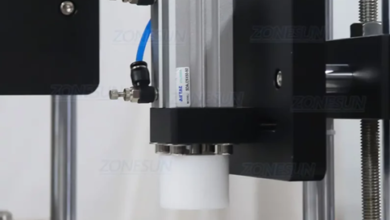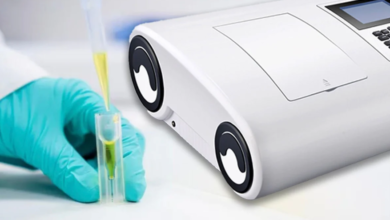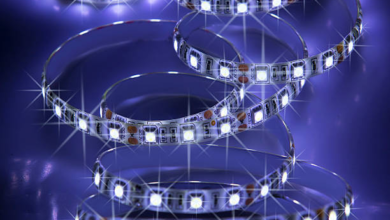
Enhancing Outdoor Visibility With Daylight Readable Display
Introduction
In today’s fast-paced digital environment, screens are everywhere, from smartphones and tablets to industrial equipment and automotive dashboards. However, one of the biggest challenges with using electronic displays outdoors or in brightly lit spaces is glare and poor readability. This is where daylight readable display technology becomes essential. Designed to maintain sharpness, clarity, and visibility even under direct sunlight, these displays have become vital across multiple industries.
What Is A Daylight Readable Display
A daylight readable display is a screen designed to function effectively in high ambient light conditions, especially under direct sunlight. Unlike conventional screens, these displays are engineered with higher brightness levels, anti-reflective coatings, and advanced backlighting technology to ensure that the content remains visible without straining the eyes. They are used in environments where clear screen visibility is critical for performance, safety, or customer engagement.
Key Features Of This Technology
The success of daylight readable display solutions lies in their technical features. Some of the most significant include:
- High brightness levels: These displays often feature luminance ratings above 1000 nits, compared to standard screens that average 250–300 nits.
- Anti-reflective coatings: Special surface treatments reduce glare from sunlight, allowing users to see content without distraction.
- Wide viewing angles: Displays maintain clarity when viewed from different positions, which is essential for collaborative or industrial use.
- Durability: Many units are built to withstand harsh environments, including dust, moisture, and temperature extremes.
- Energy efficiency: With advancements in LED backlighting, modern units consume less power while maintaining high brightness.
See also: Quality Assurance in Custom Software: Zchwantech’s Best-Practice Approach
Applications Across Different Industries
The practicality of daylight readable display solutions has led to widespread adoption in diverse fields.
Outdoor Advertising
Billboards and digital signage use these displays to capture attention even in bright sunlight. Advertisers rely on clear visibility to deliver messages effectively.
Automotive And Transportation
In vehicles, navigation and infotainment systems need to remain readable under direct sunlight. Similarly, transportation hubs like airports and train stations use these displays for schedules and passenger information.
Marine And Aviation
Pilots and ship operators rely heavily on control systems with displays that must remain visible in all lighting conditions. Daylight readable technology ensures safety and operational efficiency.
Industrial And Military Applications
Factories, warehouses, and field operations often require screens for monitoring, diagnostics, and communication. In military settings, reliable visibility under sunlight can be a matter of mission success.
Consumer Electronics
High-end smartphones, tablets, and laptops increasingly integrate sunlight-readable technology to improve the outdoor user experience.
Benefits Of Using Daylight Readable Display
Organizations and consumers benefit in many ways by investing in these advanced displays:
- Improved user experience: Content is easier to read without constant adjustments.
- Enhanced safety: In critical fields like aviation and marine navigation, clear visibility reduces the risk of mistakes.
- Longer device life: Rugged designs often extend the lifespan of displays used in outdoor or industrial environments.
- Better communication: For signage and advertising, ensuring visibility means that messages reach the intended audience effectively.
Technical Innovations Driving Growth
The field of daylight readable display technology continues to evolve. Manufacturers are experimenting with:
- Transflective LCDs: Combining transmissive and reflective technologies for enhanced visibility.
- OLED advancements: Although traditionally less bright than LCDs, new OLED technologies are improving sunlight readability.
- Smart light sensors: Displays that automatically adjust brightness based on ambient conditions to save power and improve visibility.
Choosing The Right Solution
When selecting a daylight readable display, several factors should be considered:
- Environment: Will it be used in outdoor advertising, industrial facilities, or consumer electronics?
- Brightness levels: Required luminance depends on the intensity of ambient light.
- Durability needs: Devices exposed to weather or industrial hazards need extra protection.
- Budget and power efficiency: Balancing performance with operational costs is key for long-term use.
Future Outlook
As industries continue to move toward digital transformation, demand for sunlight-readable displays will grow significantly. With advancements in display materials, energy-efficient backlighting, and user-friendly features, these solutions are expected to become standard across many sectors.
Conclusion
A daylight readable display provides a crucial solution to one of the most persistent challenges in digital technology—ensuring visibility under bright conditions. From outdoor advertising to aviation and consumer electronics, these displays are transforming how users interact with digital information. As innovation continues, their role will expand, offering even more reliable, efficient, and versatile applications in the years ahead.




